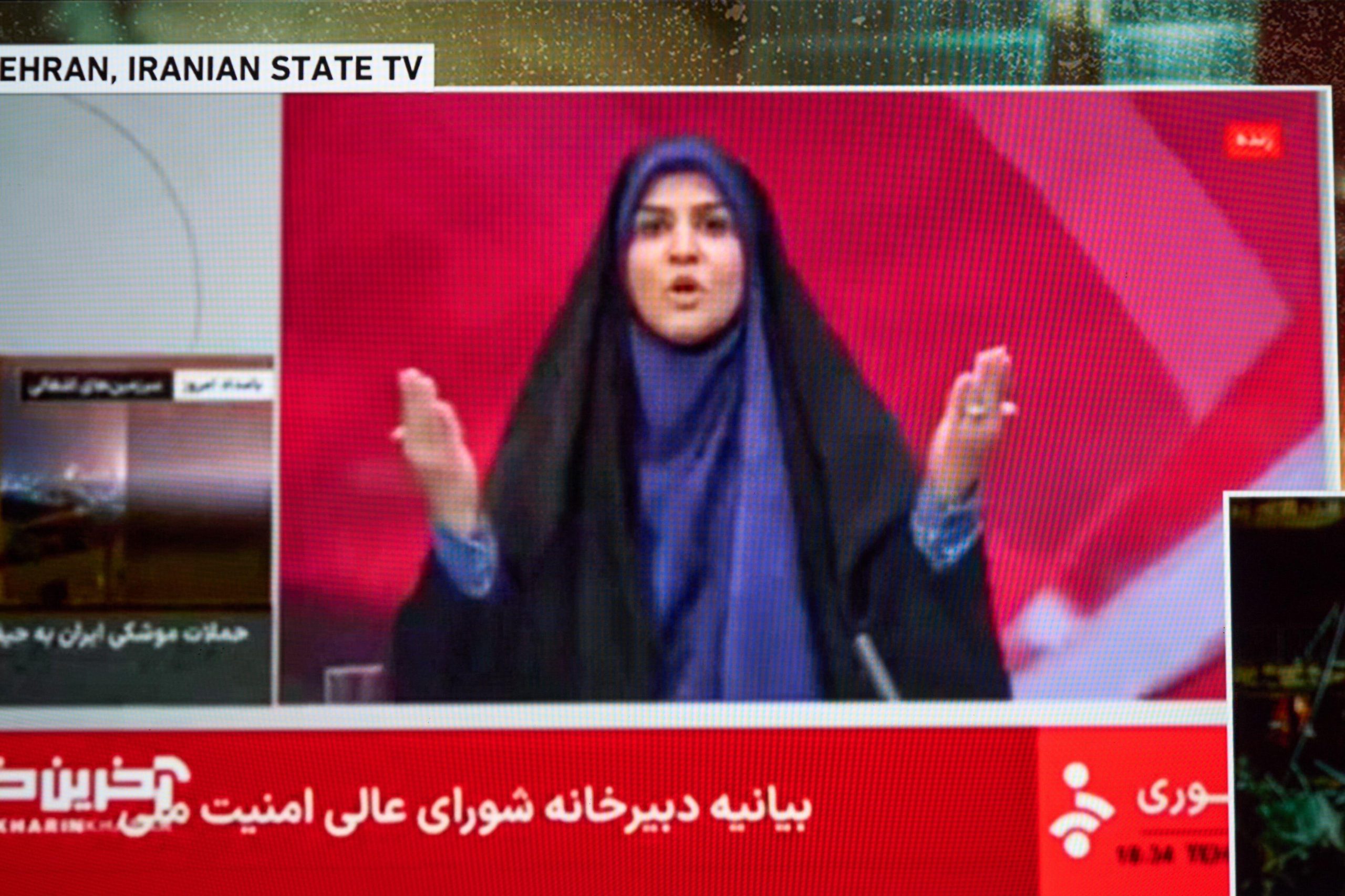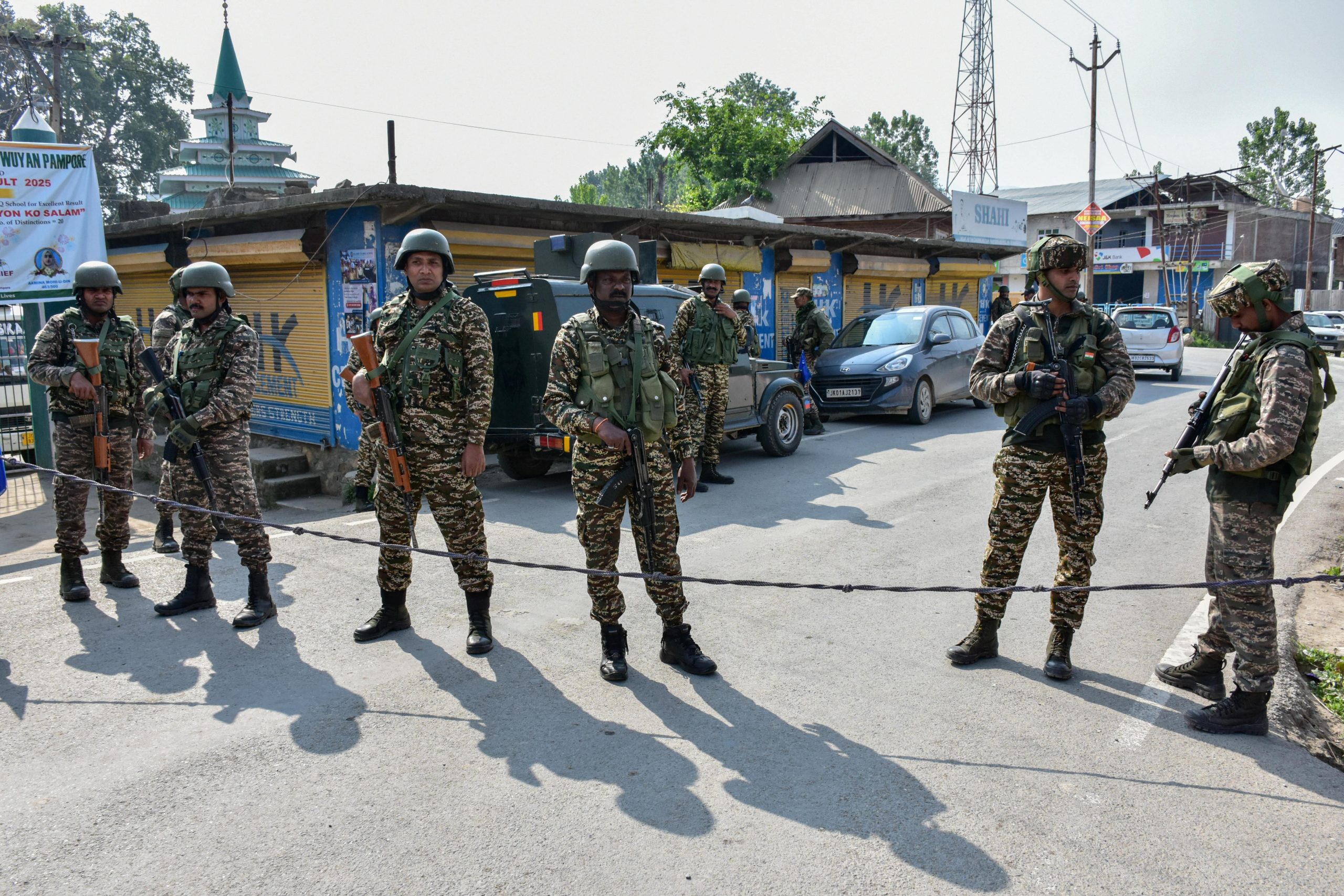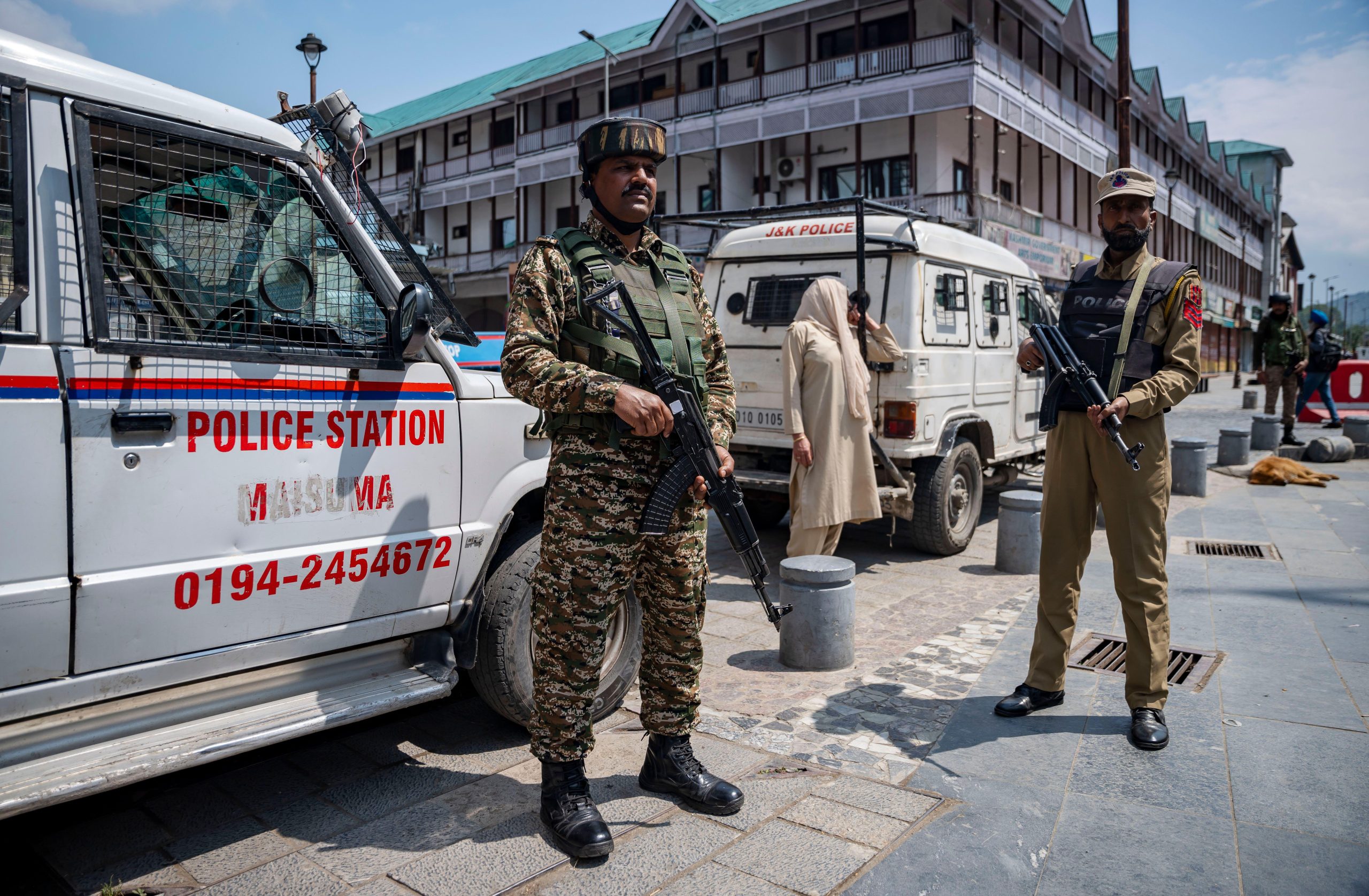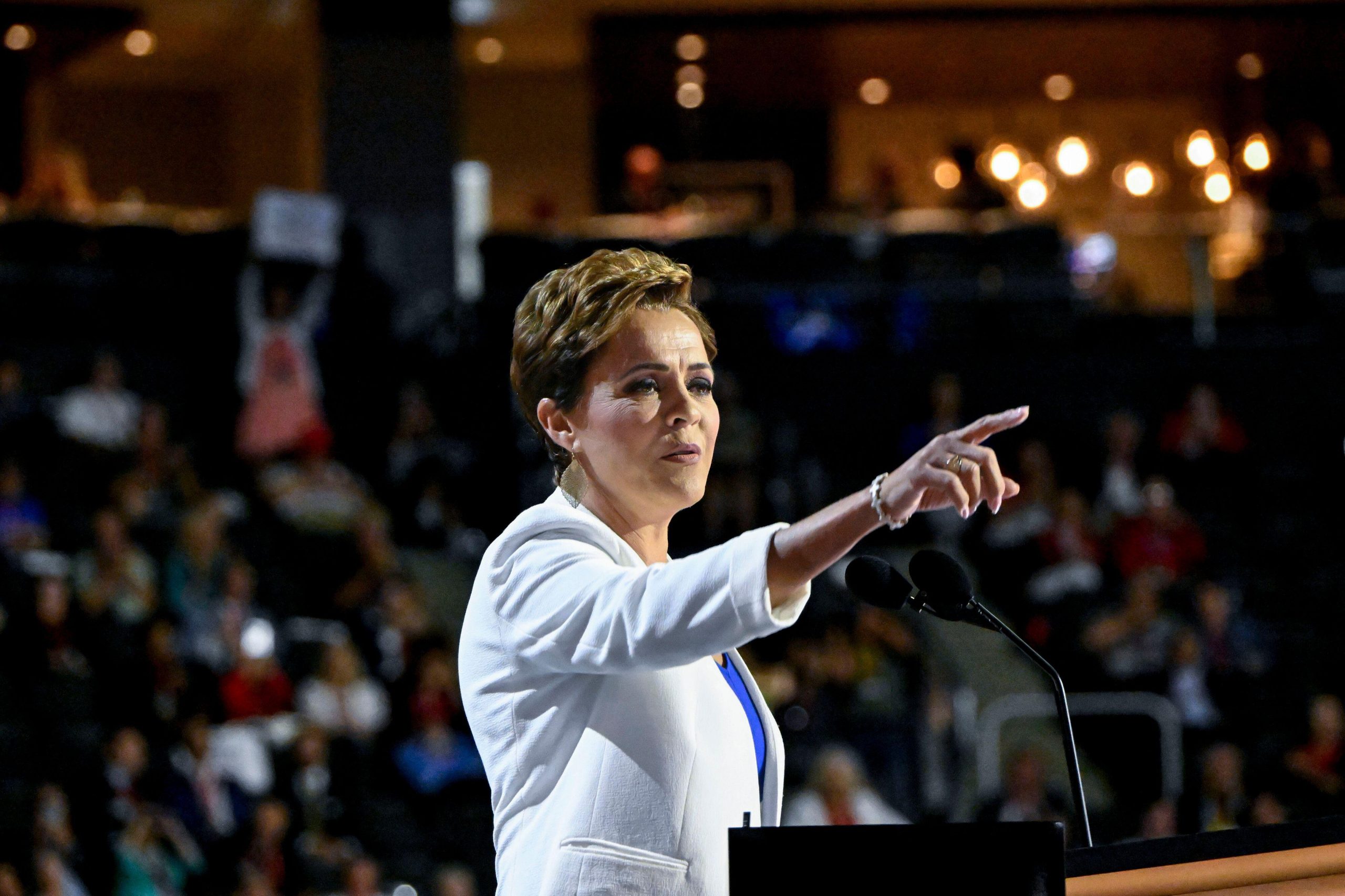A war over free expression between Indian citizens and their government is raging, with social media serving as the battlefield.
Two girls were arrested in Mumbai today, one for having updated her Facebook status asking why the city was observing a bandh — a city-wide shut down — to commemorate the death of an influential regional leader, Bal Thackeray. The other simply ‘liked’ the comment. The update was brought to the notice of Shiv Sena local leader, outraged at the insult to his party’s founder he went to the police and had them arrested. The pair were released on bail today, but not before one of the girl’s uncle’s orthopaedic clinic was ransacked by an angry Shiv Sena mob.
Shaheen Dhadha, 21, had written:
People like Thackeray are born and die daily and one should not observe a bandh for that
The incident comes only a month after India’s first Twitter arrest. In October 2012, Ravi Srinivasan, a small-town businessman was arrested for tweeting to his 16 followers that that Karti Chidambaram, a politician belonging to India’s ruling Congress party and son of Finance Minister P Chidambaram, had “amassed more wealth than Vadra” [Sonia Gandhi’s wealthy son-in-law].

Ravi Srinivasan was arrested for this tweet
Srinivasan was arrested for suggesting one cabinet minister’s son is more corrupt than the son-in-law of another senior politician.
The seemingly politically motivated arrest has just added fuel to the fire to a heated debate about how defamation and hate speech on social media should be dealt with. It also raises the question — is the government more interested in protecting itself than its citizens?
At a forum, The Power of Social Media for Governance organised in March 2011, while praising social media and e-government/commerce initiatives, Information minister Kapil Sibal suggested that social media users also discuss the dangers of this new platform:
All kinds of opinions are put forward and that is dangerous. Freedom of speech has some caveats. How do you ensure that (social media) sites incorporate constrains [SIC] of freedom of speech?
The comment seemed to be aimed at social media users using these new mediums to criticise the many corruption scandals in Indian public life. The Indian public were furious at their political leaders. Sibal’s predecessor, A Raja, was a perfect example. He was forced to resign after becoming embroiled in a huge telecom scam.
Although there had been a story the previous month about a riot that apparently broke out due to a Facebook page that denigrated the architect of the Indian constitution, Dr BR Ambedkar, social media had not really been used for positive political action in India.
In October 2010, however, an anti-corruption movement led by activist Anna Hazare slowly began to caputure the imagination of the nation. As Hazare, compared by the Indian press to Mahatma Gandhi, protested corruption, the media and the public rallied behind him. The movement, now known as India Against Corruption [IAC] used Facebook and Twitter to connect with urban Indians — the middle class — who had borne the brunt of corruption for years. IAC racked up followers and fans by the thousands, and in April 2012, Hazare went on an indefinite hunger strike to force the government to draft a stronger anti-corruption bill. It was all India social media users could talk about. The web was key to Anna’s success. Today, the IAC Facebook page has over 754,000 supporters.
2011 was marked by a face-off between the government and “civil society” that may mark a turning point in India politics. The sleeping giant, the middle class, woke up and logged on.
Toward the end of 2011 it was revealed that Sibal suggested pre-screening of social media content to ensure that “objectionable content” was removed before it could offend.
According to leaked reports, Sibal pointed to a Facebook page that maligned Congress party president Sonia Gandhi and said “this is unacceptable”. At the time, experts like Pranesh Prakash from the Center for Internet and Society pointed out that the existing IT Act (amended in 2008) allows people who send information “that is grossly offensive and of a menacing character” to be sentenced to three years in prison. Prakash argued that the amount of content was too vast for social networking sites such as Facebook, Twitter and Youtube to pre-moderate and would delay their immediacy. More importantly, why should a third party be forced to judge what is objectionable or not, if there were already laws in place?
This idea of pre-screening content has been revised. But the theme has been coming up again and again as the government seems to be unsure of what strategy it should employ to stop both really offensive material, but also, it seems, any criticism of itself from social media networks.
In February, Facebook agreed to comply with local laws and “remove content, block pages or even disable accounts of those users who upload contents that incite violence or perpetuate hate speech.” This, Sibal insisted, was not censorship but he still raised the spectre of new laws designed to curtail social media in India. It wasn’t long before #KapilSibalisanidiot started trending on Twitter. Later that month it was revealed in a Google’s Transparency Report that the government of India had asked the search giant to remove 358 items in the first half of 2011. Only eight of these items were classified as hate speech; the vast majority were criticisms of the government (including videos on Youtube and posts on the social network Orkut.)
In August 2012, India found itself in an unprecedented situation caused by text messaging and social media. Rumours of an attack against Assamese migrants by Muslims were being sent across the country via SMS. Many Assamese, over 400,000 by some estimates, in different parts of the country started heading home, fearing their lives. The government put in place a restriction to only five-SMSes per day to control the rumour mill. Soon after, the minister gave more interviews about social media, suggesting that incidents like the Assamese exodus were the reason he wanted the help of intermediaries in helping curtail the influence of anti-national elements and protecting the sensitivities of individuals and communities. However, as Twitter agreed to comply with the government in blocking any communally charged tweets, the Twitter accounts of some journalists also got blocked, forcing the minister to clarify that the government was not seeking to block individual accounts. The damage was done, as most observers felt that the government had tried to silence its critics on social media instead pursuing any larger objective.
Which brings us back to the first Tweet (as well as Facebook update) induced arrest. Srinivasan was booked under Section 66A of the IT Act (amended 2008). This can jail, for up to three years, anyone convicted of disseminating material that is “grossly offensive”, has “menacing character” or is false with the aim of causing “annoyance, inconvenience, danger, obstruction, insult,” among other related cyber crimes. The women arrested for the Thackeray Facebook post were arrested under the same Act (and also Section 295A of the Indian Penal Code that relates to religious sentiments, event though they were discussing a political, not religious, figure).
Section 66A — the very piece of law that internet experts flagged as an alternative when Sibal suggested pre-screening social media content, is now being abused. The current controversy is layered. The first point of contention is that the arrest would never have been made so swiftly if the “victim” had not been the son of a powerful minister. The second is that Section 66A (IT Act, 2000) is unclear, which means, say experts, its open to abuse, as can be seen by current events.
In India, the distrust of the political class has never been sharper, with extreme reactions from the establishment. In 2012 itself, a cartoonist was arrested under Section 66A (IT Act, 2000) for mocking the chief minister of Bengal, while elsewhere in Uttar Pradesh, another cartoonist Aseem Trivedi was arrested under Section 124 of the Indian Penal Code for mocking India’s corrupt politicians. How the government balances Indian citizens’ right to free expression against the need curtail genuine incitement will be a test of its democratic credentials.
Mahima Kaul is a journalist based in New Delhi. She focuses on questions of digital freedom




